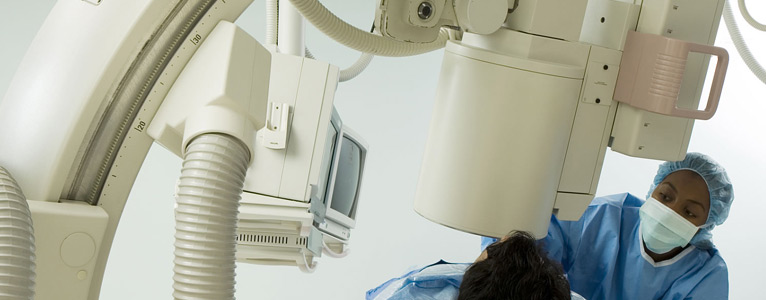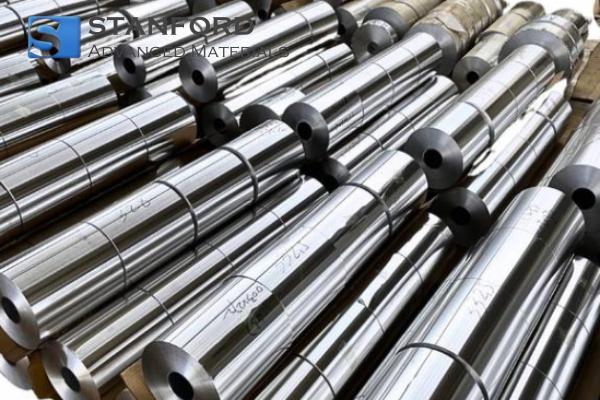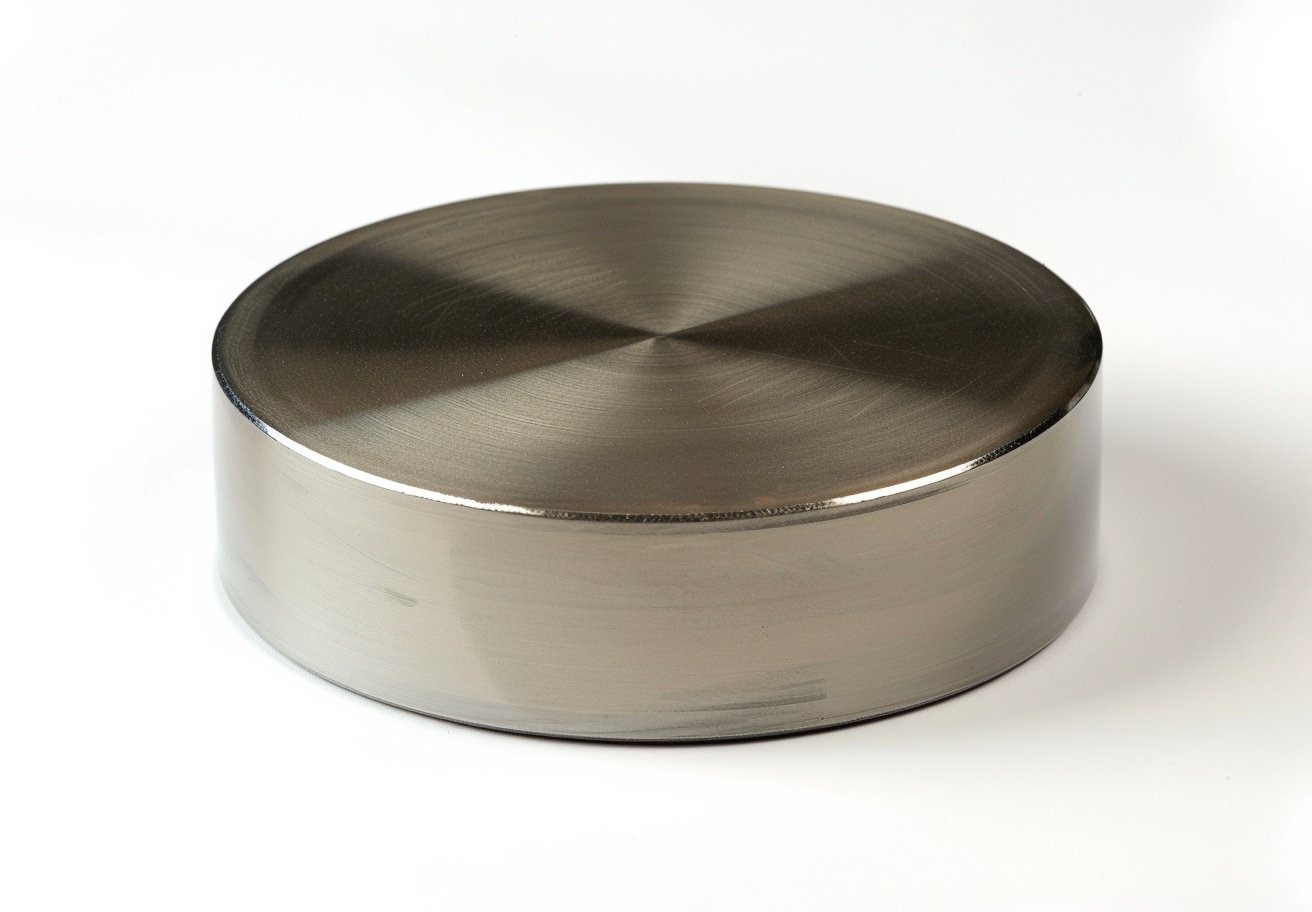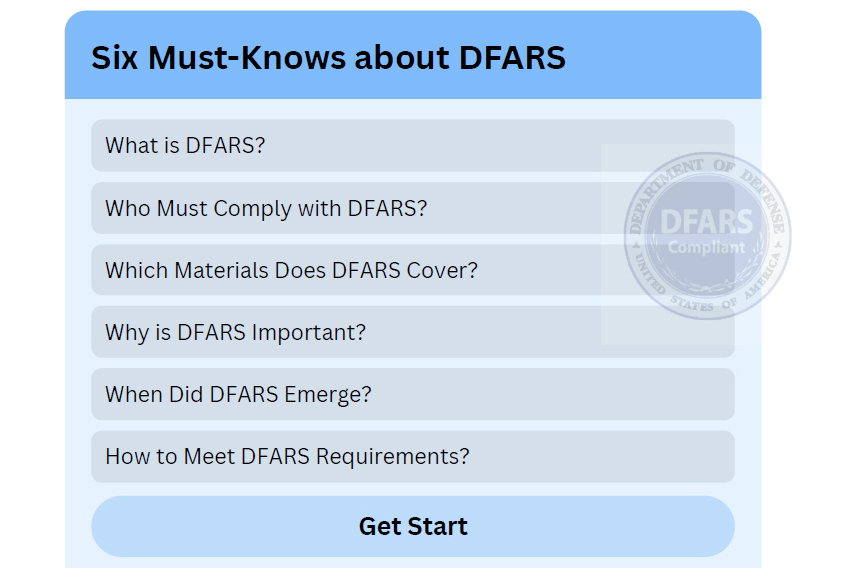Why Do We Need High-density Tungsten Alloy Shielding?
The development of medical technology has increased the use of radiation devices in daily life. The popularity of medical devices and nuclear energy has affected public health significantly. This has led to investigations into how to protect against radiation damage. Therefore, radiation such as X‐rays, gamma radiation (high‐energy electromagnetic radiation), alpha particles (helium nuclei), beta particles (electrons) and cosmic radiation must be shielded.

The Reason to Block Radiation Sources
Researchers block radiation sources to protect patients, doctors, nurses and other hospital personnel. The radiation level of radioactive materials must be reduced to a point where no harmful ionising radiation is produced. This reduction helps to avoid lung cancer, skin cancer and other cancers.
Selection of Shielding Materials
Lead and Iron are traditional shielding materials. However, a high proportion of blocks made from a tungsten alloy is generally recommended. The choice of a high-density tungsten alloy is based on its excellent radiation absorption capacity, high density (approximately twice that of lead) and good corrosion resistance.
Advantages of High-Density Tungsten Alloy Shielding
The effectiveness of radiation shielding correlates with a material’s density. A higher density offers greater radiation absorption and blocking. Tungsten alloy has a density that is approximately twice that of lead; it absorbs gamma radiation efficiently and reduces the shield’s volume. In the same volume, high-density tungsten alloy provides enhanced shielding compared to lead.

Researchers have found that tungsten alloy combines high density, ease of machining, good corrosion resistance, high radiation absorption (surpassing that of lead and steel) and high strength. Tests show that tungsten alloy shielding maintains the radiation blocking capability of lead even when the container volume and thickness are reduced. Furthermore, high-density tungsten alloy is more environmentally friendly than lead and depleted uranium given that it contains no toxic substances.
Application of High-Density Tungsten Alloy
High-density tungsten alloy shielding is not subject to particular restrictions under NRC, EPA and OSHA regulations. It is used widely in nuclear medicine as a collimator, a container for radioisotopes and a container for radiation sources.
Further reading: Application of Tungsten Alloy in Industrial Shielding
Conclusion
Thank you for reading this article. We trust it has helped to clarify the need for high-density tungsten alloy shielding. For further information on tungsten products, please visit Stanford Advanced Materials (SAM).
Stanford Advanced Materials (SAM) is a global supplier of tungsten. They have over 20 years of experience in the manufacture and sale of tungsten products. The company meets the research and production requirements of its clients. SAM is a reliable tungsten supplier and business partner.

 Bars
Bars
 Beads & Spheres
Beads & Spheres
 Bolts & Nuts
Bolts & Nuts
 Crucibles
Crucibles
 Discs
Discs
 Fibers & Fabrics
Fibers & Fabrics
 Films
Films
 Flake
Flake
 Foams
Foams
 Foil
Foil
 Granules
Granules
 Honeycombs
Honeycombs
 Ink
Ink
 Laminate
Laminate
 Lumps
Lumps
 Meshes
Meshes
 Metallised Film
Metallised Film
 Plate
Plate
 Powders
Powders
 Rod
Rod
 Sheets
Sheets
 Single Crystals
Single Crystals
 Sputtering Target
Sputtering Target
 Tubes
Tubes
 Washer
Washer
 Wires
Wires
 Converters & Calculators
Converters & Calculators
 Write for Us
Write for Us


 Chin Trento
Chin Trento



